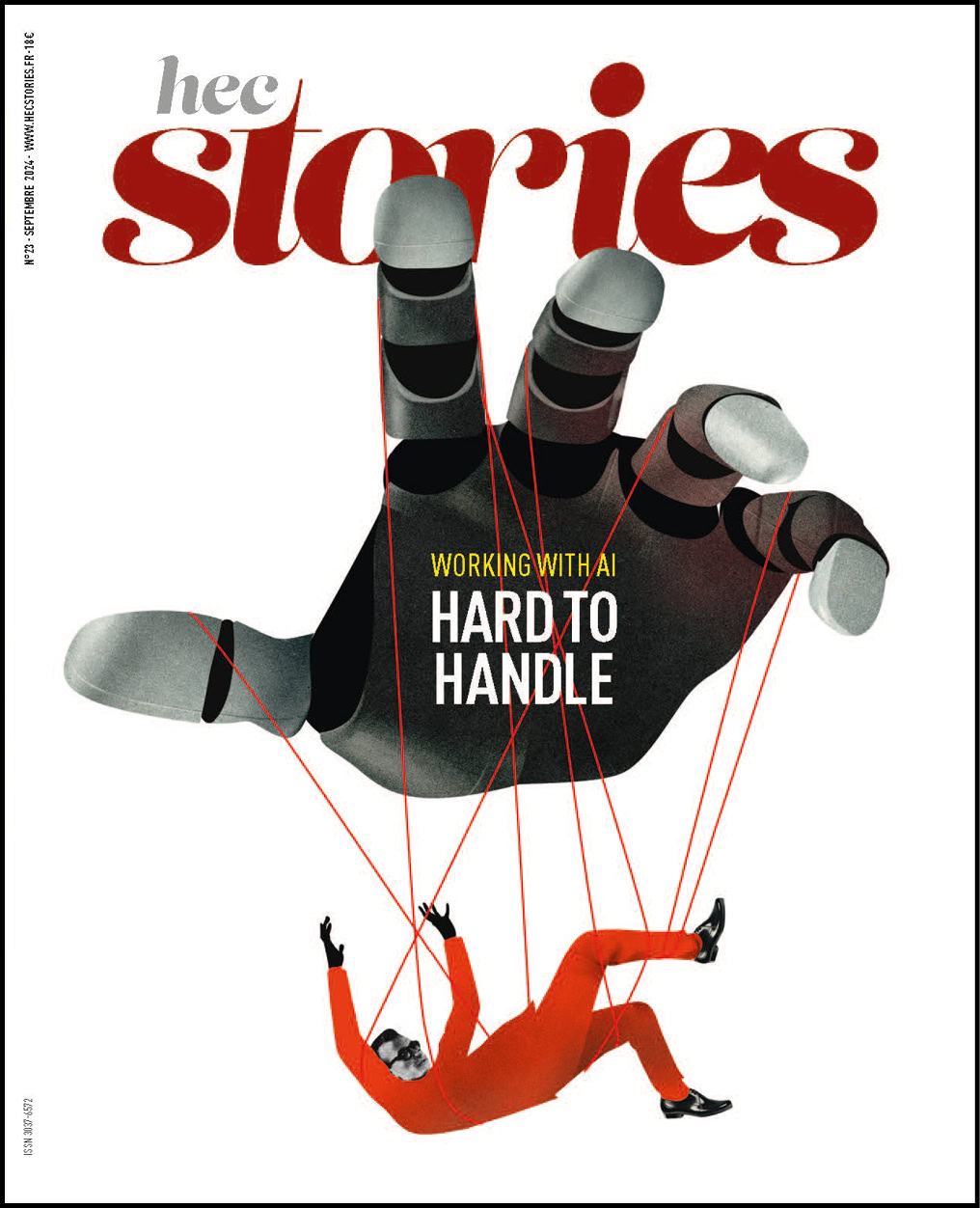Pierre Arsène (H.08): Deciphering Cell Messages to Combat Cancer

To enable early cancer detection, the startup Mursla, founded by Pierre Arsène (H.08), has developed an innovative liquid biopsy technology. This is a breakthrough in the field of biotechnology and in the fight against the disease. Let’s delve into it.
HEC Stories: How did you transition from HEC to healthcare research?
Pierre Arsène: I’ve always wanted to embark on an entrepreneurial adventure in cutting-edge industries, particularly in the biotechnology sector (which involves using or modifying living organisms). I worked in mergers and acquisitions at JP Morgan, and they sent me to Japan. There, I met a nanotechnology researcher with whom I founded Mursla. I also resumed my studies in biophysics at the University of Cambridge.
HEC Stories: Mursla specifically operates in the field of techbio. What distinguishes it from biotech?
Pierre Arsène: Techbio emerged from the convergence of increasingly digitized biology, thanks to increasingly sophisticated sequencing techniques, and our ability to handle extremely complex data with artificial intelligence. This leads to new abilities to read, write, program, and deliver biology. At Mursla, we specifically read extracellular vesicles, these bubbles secreted by all cells in our bodies. They are interesting because they shape communication between cells. They’re like the WhatsApp of cells! With our technology, we can open the contents of these messages, read them, understand who sent them, and for what purpose. This way, we can retrieve messages from circulating cancer cells in the body if they exist. This involves a blood test. We’re talking about liquid biopsy, as opposed to tissue biopsy, which requires prior knowledge of the at-risk area and is often a heavy operation. Thanks to Mursla, we can make a non-invasive and specific diagnosis.
HEC Stories: What about the other three abilities: writing, programming, and delivering?
Pierre Arsène: The ability to write and program is essential. Biology allows us to create artificial biological systems such as lab-grown meat, biofuel, or the creation of renewable chemicals. This may require modifying a cell’s genetic code using the cut-and-paste method CRISPR-Cas9. This method was initially developed by bacteria to defend against viruses that had attacked them in the past by cutting their codes to prevent replication. Finally, delivering biology is the action of being able to send a genetic cargo to specific cells in the body without affecting others along the way. It means having therapy that ensures effectiveness without side effects. Reprogrammed viruses or extracellular vesicles can be very useful for this purpose.
HEC Stories: How does Mursla work in practice and with whom do you collaborate today?
Pierre Arsène: We use Mursla’s first product as a new cancer diagnostic tool. We are currently conducting a pilot study and collaborating with four hospitals in London, Portugal, and Italy. This study focuses on patients with cirrhosis (an irreversible liver disease that damages the organ and can turn into cancer). We can tell them if cancer is developing or not through a liquid biopsy.
HEC Stories: What is Mursla’s business model?
Pierre Arsène: Treatment for liver cancer costs about 100,000 euros per year! With Mursla, we can detect cancer at stage 1. Most of the time, a minor surgery is enough to treat it. Our technology will save the healthcare industry a lot of money. We have already raised £5 million from private funds and collaborate with several global leaders such as Roche and PerkinElmer. After the liver, we would like to use Mursla to fight lung cancer.
Published by Daphné Segretain

